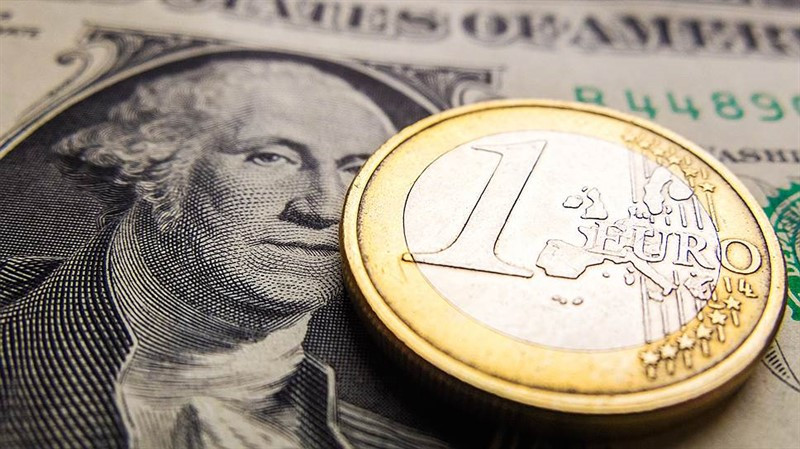
The euro licked its wounds on Friday, and the dollar was consolidating its recent growth after just the day before, it reached the highest level since March 2020 in the area of 100.75.
The greenback strengthened against its main competitors by 0.64% during the week, including 0.58% against the single currency, as the divergence in the rates of the Federal Reserve and the European Central Bank became even more obvious than ever.
Although the data released on Tuesday showed some signs of a slowdown in underlying inflationary pressure in the US, the annual value of the consumer price index in March exceeded 8% for the first time in 40 years.
A separate report published on Wednesday reflected that the jump in producer prices last month relative to March 2021 was the highest since January 1981 – 11.2%.
This forces the Fed to act more decisively, considering the possibility of a more active rate hike and the beginning of a reduction in the asset portfolio, which may be announced as early as the results of the May meeting of the central bank.
More and more representatives of the US central bank are in favor of raising the key rate by 50 basis points at once.
Futures on the federal funds rate indicate an almost 100% probability of a 50 basis point increase in the rate at the FOMC meeting, which will be held on May 3-4.
The last time the Fed raised the rate by half a percentage point was more than 20 years ago, in May 2000.
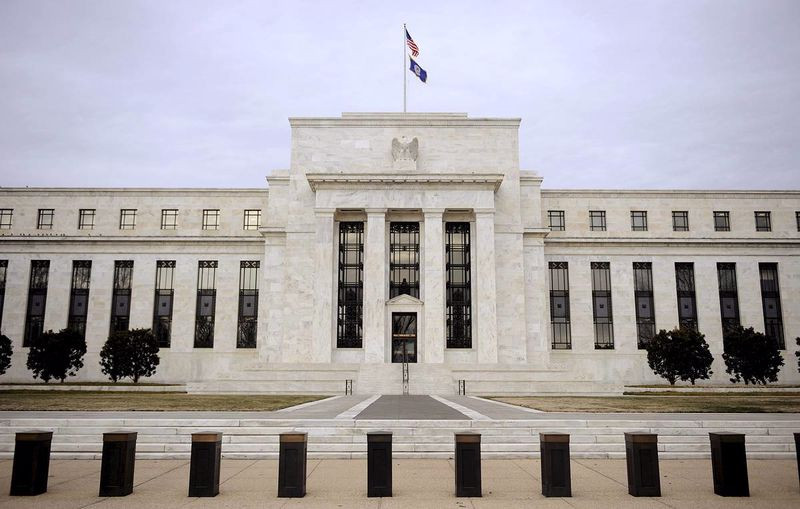
The Fed's goal is to raise rates quickly enough to lower inflation without pushing the U.S. economy into recession and without damaging a strong labor market, Cleveland Fed President Loretta Mester said on Thursday.
"We intend to reduce monetary incentives at the pace necessary to improve the balance of supply and demand in the economy and to control inflation, while continuing to maintain economic activity and stability of the labor market," she said.
Earlier, Mester stated that she supports a more significant than usual increase in rates by half a point in order to quickly raise the cost of borrowing to about 2.5% by the end of the year. She also supports the early start of the Fed's balance sheet reduction in order to put further downward pressure on inflation.
Meanwhile, the head of the Federal Reserve Bank of New York, John Williams, said that the US central bank could raise the rate and reduce the balance sheet without putting the national economy into recession. At the same time, he noted that this would not be an easy task.
Williams believes that raising the Fed's key rate by half a percentage point in May is a reasonable option.
This is another sign that even more doves in the US central bank agree with the acceleration of monetary policy tightening.
"Williams openly spoke about the need for a faster and more neutral rate hike, which further strengthened the dollar," Westpac strategists noted.
"On the contrary, the ECB showed a softer reaction to the news about inflation than the market expected," they added.
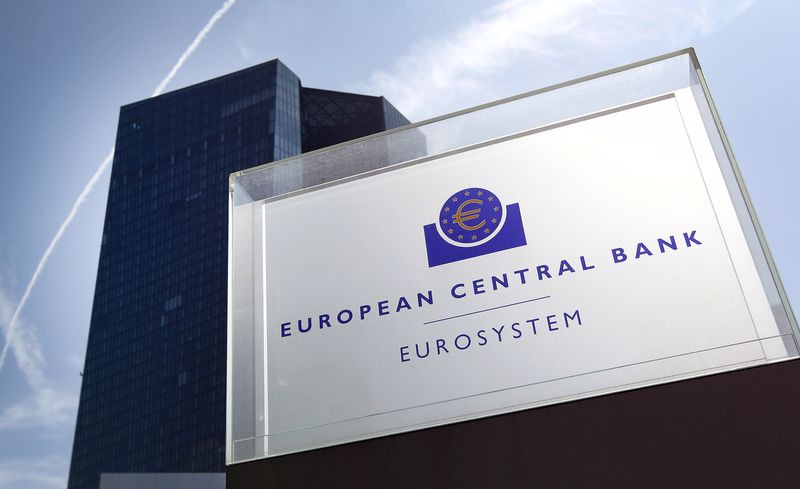
The EUR/USD bulls hoped in vain that the ECB would accelerate the pace of reducing asset purchases or, at least, provide a clear timeline for upcoming policy tightening steps.
Ahead of the ECB's April meeting, it was widely expected that the central bank would leave rates unchanged, but announce an earlier curtailment of the quantitative easing program in order to start raising the cost of borrowing at the beginning of the second half of the year against the background of excessively high inflation.
However, nothing of the kind happened. The ECB maintained an evasive tone, avoiding any firm promises after the end of bond purchases, emphasizing that policy is flexible and can change quickly.
"The risks of deterioration of economic growth prospects have increased significantly as a result of the military conflict in Ukraine," ECB President Christine Lagarde said.
"We will maintain optionality, gradualness and flexibility in the conduct of our monetary policy," she said.
Thus, the ECB leaves open the possibility of providing additional support to the economy of the currency bloc if necessary. This implies that PEPP can be restarted in the event of another coronavirus crisis and if the economic consequences of the conflict in Ukraine turn out to be worse than expected.
Lagarde also issued a sharp warning about inflation, pointing out that long-term inflation expectations are showing the first signs of exceeding the ECB's 2% target.
This shift indicates a weakening of market confidence in the bank's ability to maintain price stability.
"The last thing we want is for inflation expectations to be at risk of weakening," the ECB head said, adding that careful monitoring would be required.
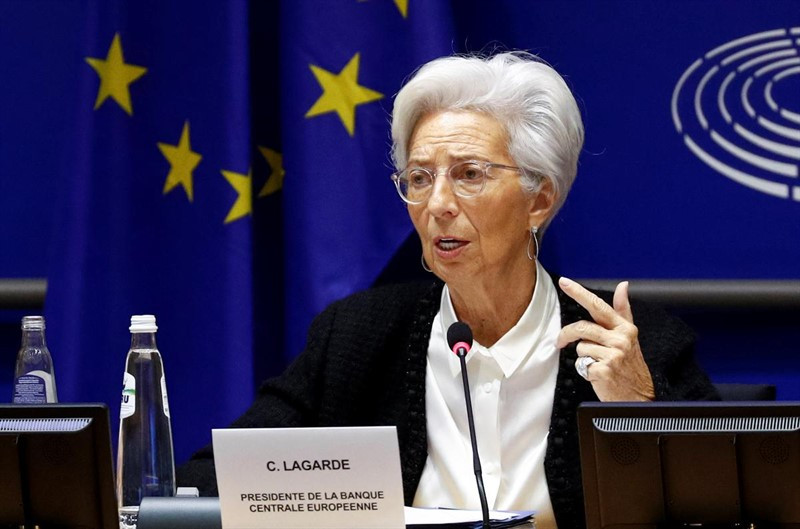
According to Lagarde, energy prices in the EU are currently 45% higher than they were a year earlier.
She believes that a sharp boycott of Russian energy resources will have serious consequences for the eurozone economy.
"We are very carefully assessing the current situation and the incoming data in terms of their possible consequences for the medium-term prospects of inflation. The calibration of our policy will continue to depend on statistical data and will reflect our assessment of the situation. We are ready to adjust all our instruments to ensure the stabilization of inflation at the 2% level in the medium term," she said.
In addition, Lagarde noted that the ECB is highly likely to complete the bond repurchase within the APP in the third quarter, but it can do it both earlier and later. The decision on this issue, according to her, will be made in June.
"Some time between the completion of the asset repurchase and the rate hike can mean either one week or several months," she said.
Informed sources told Reuters that the issue of raising the rate in July is still being discussed, but there were disagreements in the ECB Governing Council about risks, including the long-term prospects for inflation. Therefore, the central bank decided to leave all options open, given the uncertainty caused by the situation in Ukraine.
"Europe is different, and the ECB is different. Instead of any panic reaction, the central bank continues its very gradual normalization, which, in our opinion, will put an end to net asset purchases in the summer and put an end to the era of negative interest rates by the end of the year," ING strategists said.
They expect the ECB to stop net asset purchases in July and start raising interest rates in September.
"The ECB will definitely not be able to get ahead of the group of central banks in terms of policy normalization in the near future. This will be normalization at a snail's pace," ING noted.
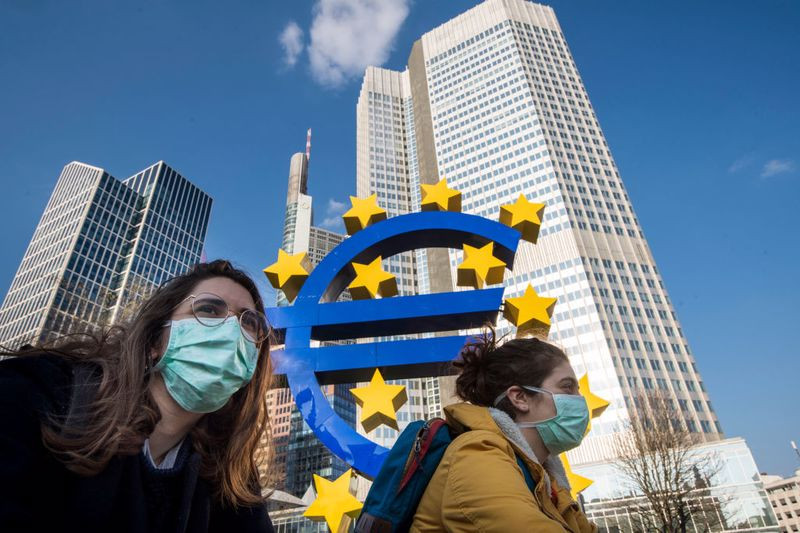
Unlike some of its peers who are no longer risking inflation, the ECB has shown that it still intends to run its own show, at its own pace and on its own terms, Rabobank analysts say.
"It looks like the ECB will continue its normalization, but it will not happen at the pace that the market expected to see. The central bank is still trying to adopt a balanced approach and is trying to find the right balance between the risks of economic growth and inflation. Therefore, we are moving our expectations for an increase in interest rates in the eurozone to September and December, albeit somewhat reluctantly, noting the current indecision of the ECB. Nevertheless, regardless of whether it starts raising rates in September or December, we still believe that too much tightening has been embedded in prices until the end of 2023," they said.
The ECB has left its statement virtually unchanged since March, committing only to stop the APP sometime in the third quarter and raise rates after a while, economists at TD Securities note. They expect that the process of raising rates in the eurozone will start in September, with consecutive quarterly increases until the end of next year.
"The EUR/USD pair should stay in the range of 1.0800-1.1200 at the beginning of the second quarter, but there is a risk of falling below the lower limit," the bank said.
The main currency pair maintained a positive attitude for most of Thursday, not abandoning attempts to develop Wednesday's rebound. In anticipation of the ECB's verdict on monetary policy, it was trading in the 1.0900-1.0920 range.
Meanwhile, the USD index drifted down, losing about 1% from Wednesday's peak values in the area of 100.50.
Disappointment in the ECB's rhetoric, which turned out to be very cautious, while the players were counting on strengthening the hawkish tone of the regulator after other central banks, caused aggressive short positions on the euro.
As a result, the EUR/USD pair fell to the lowest levels since April 2020 at around 1.0760 on Thursday.
"The sharp pullback of EUR/USD suggests that some expected something more hawkish from the European Central Bank," Societe Generale analysts noted.
"The ECB's final statement makes it almost impossible to raise the rate more than twice in 2022, while part of the market expected something like the completion of the asset purchase program in June, and, consequently, three increases. Thus, the communique sort of eliminates this extreme pricing," Credit Agricole strategists said.
The euro's collapse to new lows two years ago added courage to dollar bulls and allowed them to push the US currency back above 100.00.
The upward momentum of the dollar was somewhat limited by statistical data.

Retail sales in the country increased by 0.5% in March compared to the previous month. Analysts on average predicted an increase of 0.6%.
The number of initial applications of Americans for unemployment benefits last week increased by 18,000, to 185,000, against the expected increase to 171,000.
The EUR/USD pair was able to recover to 1.0830 due to the fact that the dollar somewhat loosened its grip.
Today, the pair is trading in a fairly narrow range near the 1.0800 mark and is unlikely to take a decisive step in any direction, since most of the world's financial markets are closed due to the Good Friday holiday.
The greenback has moderated its ardor in conditions of low liquidity. At the same time, the bullish bias in USD remains, signaling the readiness of bulls to storm the next barrier at 101.00.
The fundamental background still favors the US currency in comparison with the euro. This means that attempts to recover the EUR/USD pair are likely to remain technical corrections, at least in the near term.
The expectations of extremely hawkish steps by the Fed are behind the current strengthening of the dollar, as FOMC members support the idea of raising the key rate by 50 points at once in May and do not rule out one or two more such steps at the next meetings. The American economy still allows you to tighten the screws.
The bullish trend in USD is likely to remain in force until talk of an impending recession in the United States begins to be confirmed by real prerequisites for the implementation of such a scenario.
This week has shown that the foreign exchange market is, first of all, a game of expectations. The dollar climbed so high largely due to the expectations of the extremely hawkish steps of the Fed. Weakening of these expectations can trigger a reverse movement in the USD.
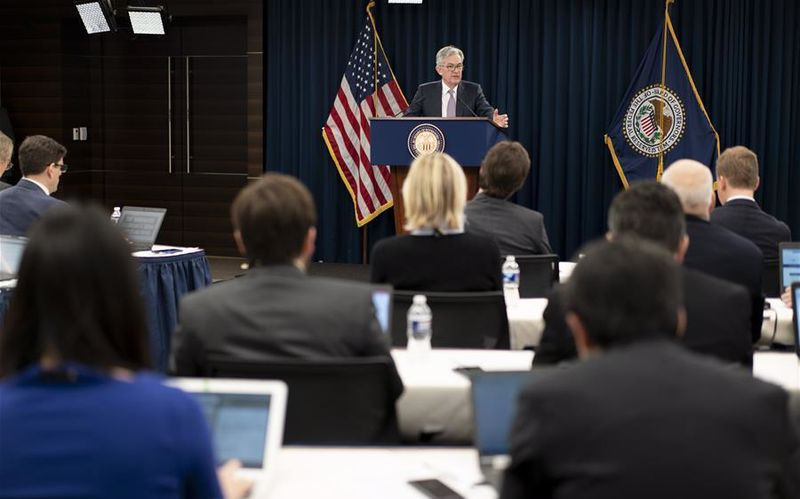
Do not be surprised if, following the results of the FOMC meeting, which will be held on May 3-4, the greenback will hit the ceiling, as investors will begin to take profits.
In this scenario, the EUR/USD bulls will have a chance to recoup, especially if the ECB chooses to raise the rate in July. However, even in this case, the divergence in the policy of the ECB and the Fed will remain.
The American economy is in a fairly stable position, and good statistical data on the United States inspire investors with the belief that even a strong increase in the Fed's key rate will not slow down economic growth.
Meanwhile, the risks of a slowdown in economic growth on the other side of the Atlantic are intensifying, and the uncertainty around Ukraine and its impact on inflation are forcing the ECB to take a cautious position.
"The recession in Europe is already our baseline scenario, and its scale and duration depend crucially on the nature of further sanctions against Russia. As a full energy embargo becomes more and more likely, the same applies to the worst-case scenario of a recession," Fidelity International strategists noted.
"We believe that over the next few weeks, the ECB's focus is likely to shift from high inflation to attempts to limit economic and market difficulties, as the conflict in Ukraine and its consequences continue to affect the system. Contrary to market estimates, we do not expect the ECB to raise rates until the fourth quarter of this year or the beginning of 2023," they added.
By remaining one of the most cautious central banks in the world and not joining the race to raise rates, the ECB is condemning the euro to lag behind its competitors.
The nearest support for the EUR/USD pair is at 1.0800. If this level turns into resistance, the pair may retest 1.0760 (the recent low after the ECB meeting) and then continue to decline to 1.0730 (the low on April 24, 2020).
On the other hand, the initial resistance is located at 1.0830, followed by 1.0850 (20-day moving average) and 1.0880 (50-day moving average).





















